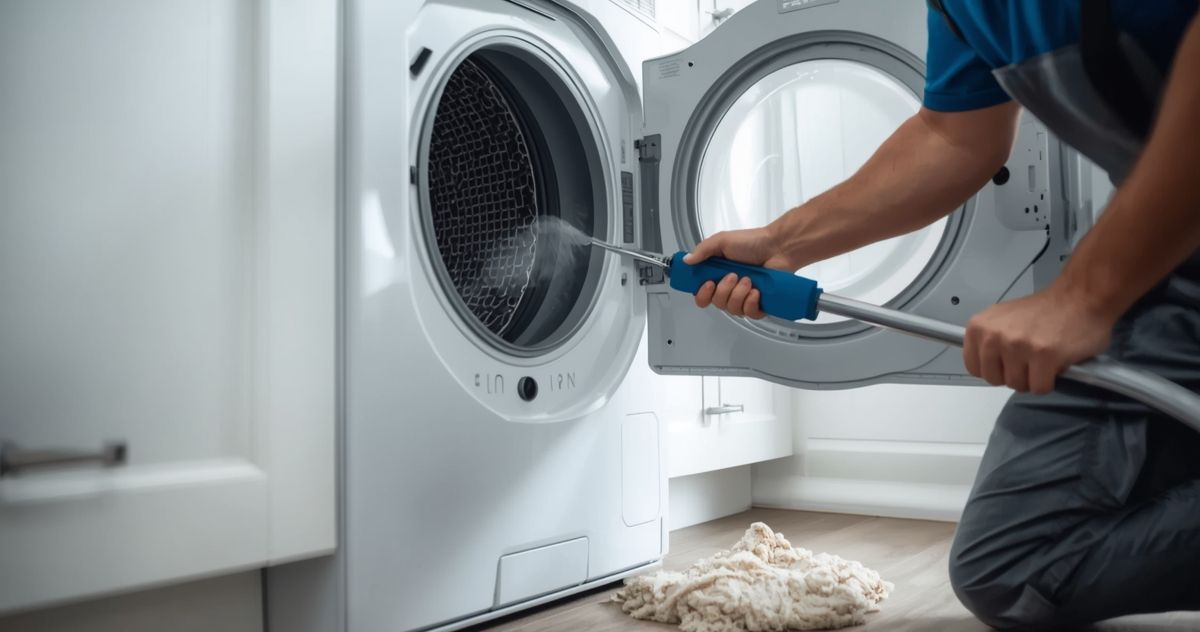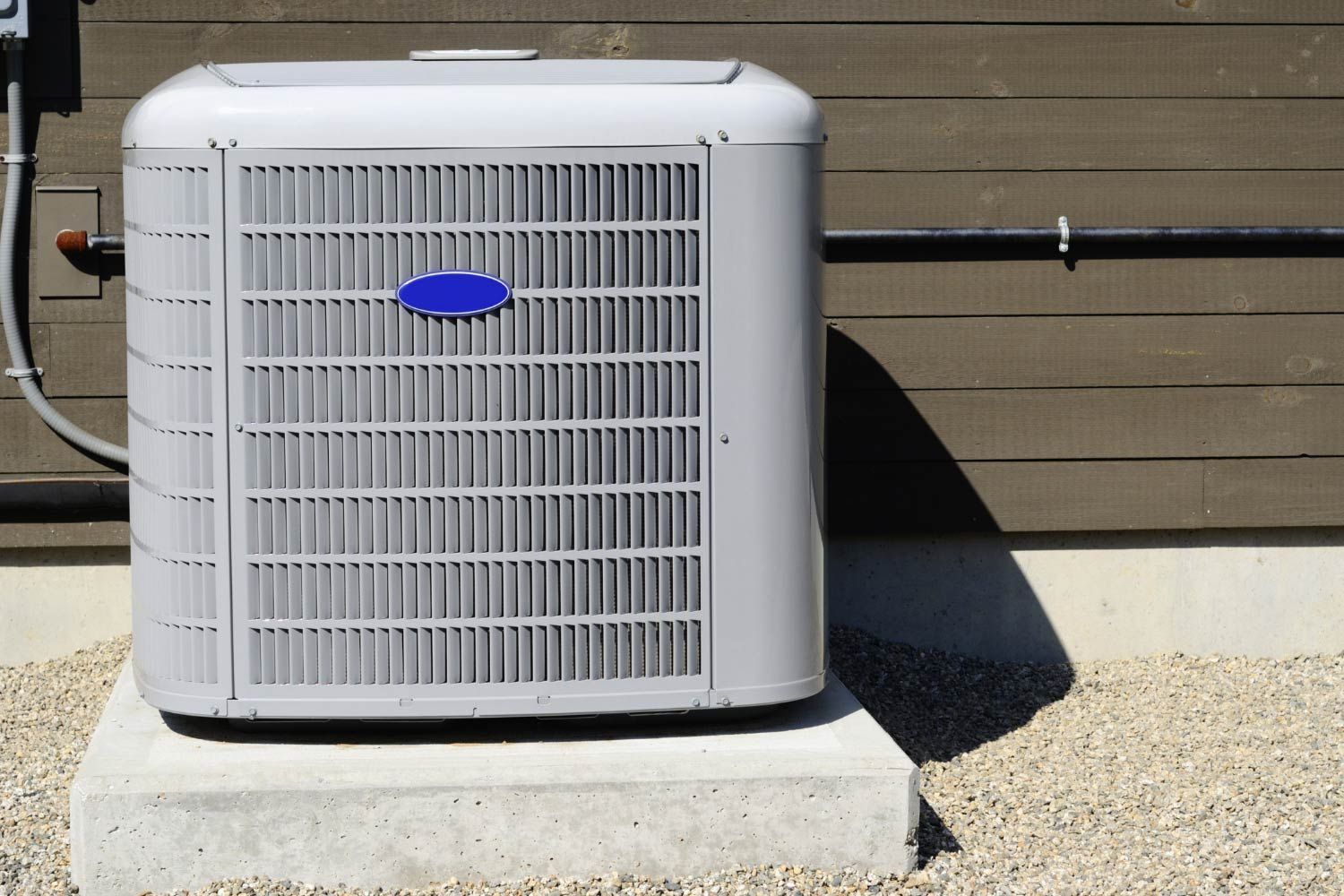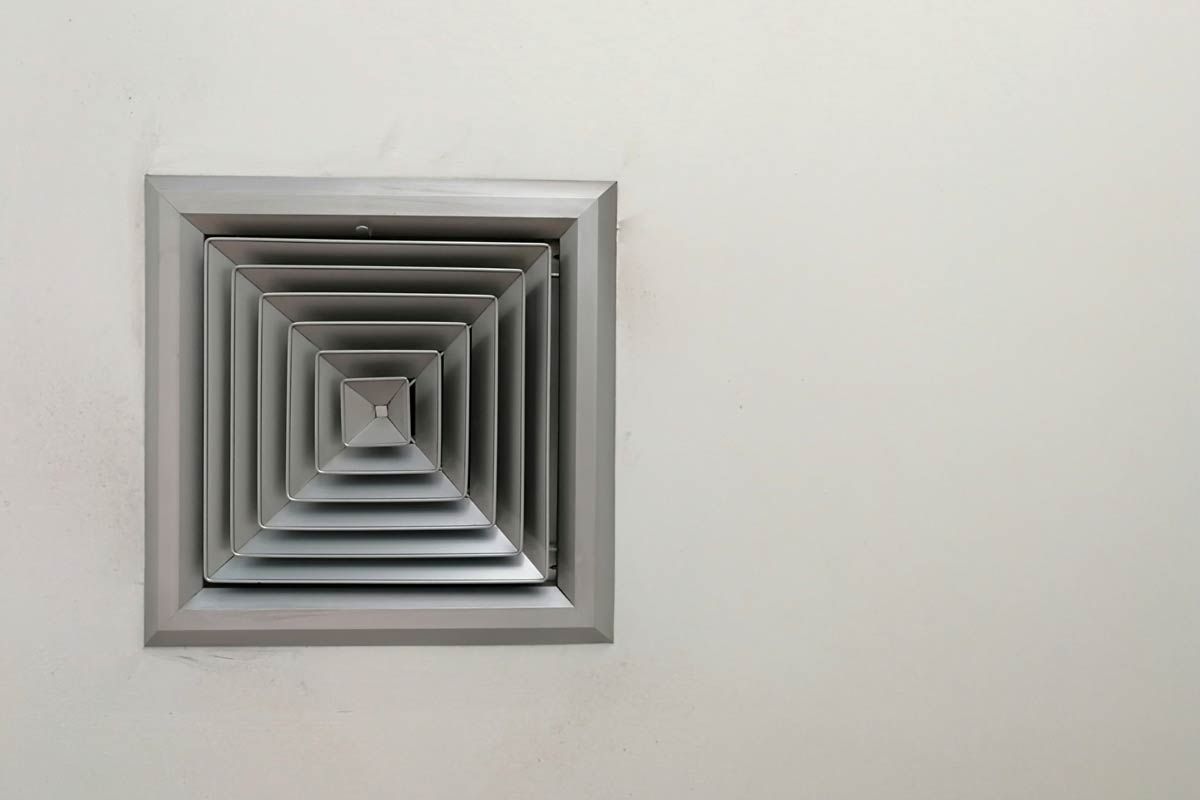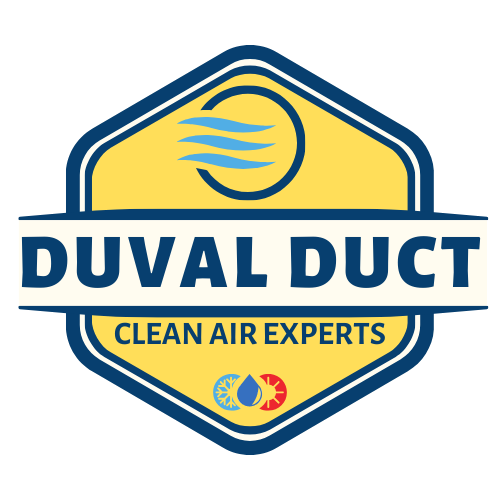How to Improve Indoor Air Quality: Complete Guide
Indoor air quality (IAQ) directly impacts your health, comfort, and well-being. According to the Environmental Protection Agency (EPA), indoor air can be two to five times more polluted than outdoor air, largely due to poor ventilation, chemical pollutants, dust, and biological contaminants like mold. Since most people spend up to 90% of their time indoors, understanding how to improve indoor air quality is essential.
This guide provides a step-by-step approach to cleaner, healthier air inside your home, workplace, or building.
Why Indoor Air Quality Matters
Before diving into solutions, it’s important to understand why indoor air quality deserves attention:
- Health Benefits: Poor IAQ can cause headaches, fatigue, allergies, asthma flare-ups, and even long-term respiratory conditions.
- Comfort: Clean air reduces odors, improves sleep, and makes living spaces more pleasant.
- Energy Efficiency: Many IAQ improvements (like better filters or regular HVAC maintenance) also enhance energy performance.
- Safety: Reducing pollutants like carbon monoxide or volatile organic compounds (VOCs) helps prevent serious health risks.
Common Causes of Poor Indoor Air Quality
Several factors contribute to indoor air pollution:
- Dust and Allergens – Dust mites, pet dander, and pollen that circulate indoors.
- Mold and Mildew – Often caused by high humidity or water leaks.
- Chemical Pollutants – VOCs from paints, cleaning products, or synthetic materials.
- Tobacco Smoke – One of the most harmful pollutants in enclosed spaces.
- Poor Ventilation – Lack of fresh air exchange traps pollutants inside.
- Combustion Sources – Gas stoves, fireplaces, and candles produce particulates and gases.
Knowing these sources makes it easier to target solutions effectively.
9 Ways to Maintain Excellent Indoor Air Quality This Fall
As cooler weather sets in and we spend more time indoors, the air we breathe becomes even more important. Fall often means closed windows, longer use of heating systems, and a higher risk of airborne pollutants. By taking a few proactive steps, you can keep your indoor air clean, fresh, and safe for your family.
1. Invest in a Whole-Home Air Purifier
A portable purifier is useful for single rooms, but a whole-home air purifier goes a step further by integrating with your HVAC system. It continuously filters air as it circulates throughout your home, trapping dust, pollen, pet dander, and even microscopic particles.
- Look for HEPA filters: High-Efficiency Particulate Air filters capture 99.97% of particles as small as 0.3 microns.
- Activated carbon options: These absorb odors, gases, and volatile organic compounds (VOCs).
- Why it matters in fall: With homes sealed tight for warmth, pollutants build up quickly indoors. A purifier ensures your whole family breathes cleaner air all season.
2. Limit Fireplace and Woodstove Use
While fireplaces and woodstoves create a cozy atmosphere, burning wood also releases smoke, fine particles, and carbon monoxide.
- These pollutants can linger and lower air quality indoors.
- If you must use your fireplace, make sure the chimney and flue are professionally cleaned to reduce creosote buildup.
- Always use seasoned hardwoods, which burn cleaner than green or soft woods.
- Keep a window cracked slightly open nearby to improve airflow and reduce smoke buildup.
3. Change Your HVAC System Filter Regularly
Your heating system works overtime in fall and winter, so its filter clogs faster with dust and debris. A dirty filter not only reduces airflow and efficiency but also recirculates pollutants.
- Replace every 1–3 months depending on use, pets, or allergies.
- Consider MERV 13 filters (or higher) if your system can handle them, as they capture finer particles including smoke and bacteria.
- Mark your calendar or set reminders to stay consistent with replacements.
4. Clean Your Air Ducts
Over time, ducts collect dust, allergens, and sometimes mold if moisture gets inside. When your furnace kicks on in the fall, it can blow these contaminants into every room.
- Professional cleaning every 3–5 years is recommended.
- Signs you may need cleaning: visible dust around vents, musty odors when the system runs, or unexplained allergy flare-ups.
- Clean ducts not only improve air quality but also enhance HVAC efficiency, saving on energy bills.
5. Control Humidity Levels
Too much moisture encourages mold and dust mites, while too little can irritate your throat and dry out your skin. Fall often brings fluctuating humidity levels, so balance is key.
- Aim for 30–50% indoor humidity.
- Use dehumidifiers in damp basements or bathrooms.
- If your home feels overly dry when the heat is on, consider adding a humidifier to maintain comfort without promoting mold growth.
6. Keep Up on Housecleaning
Dust, pet dander, and allergens settle on surfaces, fabrics, and floors. Regular cleaning helps reduce buildup.
- Vacuum weekly using a vacuum with a HEPA filter.
- Mop hard floors to catch what vacuums miss.
- Don’t forget upholstery, curtains, and bedding, which can trap allergens.
- Wash throw blankets and pillow covers frequently during fall when they’re used more often.
7. Store Household Chemicals Carefully
Many common products like paints, cleaning sprays, solvents, aerosols—release volatile organic compounds (VOCs) into the air. These can irritate the lungs and contribute to poor IAQ.
- Always seal containers tightly when not in use.
- Store in garages, sheds, or utility rooms, not living areas.
- Whenever possible, switch to low-VOC or natural alternatives for cleaning and maintenance.
8. Use Your Cooking Vents
Cooking produces smoke, grease particles, and nitrogen dioxide—all of which affect indoor air quality.
- Always turn on your range hood vent while cooking, and make sure it vents outdoors (not just recirculates).
- Clean the vent filter regularly to maintain efficiency.
- If you don’t have a range hood, open a nearby window while cooking to let fresh air in.
9. Tend to Houseplants
Houseplants aren’t just decorative, they also help naturally filter air by absorbing pollutants and releasing oxygen.
- Good options include spider plants, peace lilies, snake plants, and ferns.
- Place them in high-use areas like the living room or bedroom.
- Be mindful of overwatering, which can increase humidity and promote mold growth.
Final Thoughts
Improving indoor air quality is not just about comfort, it’s about protecting your long-term health. By addressing ventilation, controlling humidity, maintaining HVAC systems, and reducing pollutants, you can create a safer and cleaner indoor environment for your family.
Even small changes, like opening windows, using a HEPA filter vacuum, or switching to natural cleaners, can make a noticeable difference. Start with one step at a time, and soon, better air quality will become a natural part of your lifestyle.
Frequently Asked Questions
How often should I replace my HVAC filter in the fall?
Most homeowners should replace filters every 1–3 months, depending on usage. If you have pets, allergies, or live in a dusty area, monthly changes are best. For better filtration, consider high-efficiency MERV 13 filters if your system can support them.
Do air duct cleanings really make a difference?
Yes. Over time, ducts collect dust, debris, and sometimes mold. A professional duct cleaning can reduce allergens, improve airflow, and help your HVAC system work more efficiently. If you notice musty odors, visible dust near vents, or unexplained allergy flare-ups, it may be time for a cleaning.
Are houseplants enough to clean indoor air on their own?
While houseplants like spider plants, peace lilies, and snake plants can help absorb some pollutants, they aren’t powerful enough to fully purify indoor air. They work best as a complement to proper ventilation, filtration, and humidity control.
How can I tell if my indoor humidity levels are too high or too low?
If your home feels damp, has condensation on windows, or smells musty, humidity may be too high (above 50%). If your skin is dry, your throat feels scratchy, or there’s static electricity, humidity may be too low (below 30%). A digital hygrometer is an inexpensive way to monitor indoor humidity.
What are the biggest sources of indoor air pollution in the fall?
The most common fall pollutants include dust from heating systems, smoke from fireplaces or candles, VOCs from cleaning and paint products, and allergens like mold spores. Since windows are usually closed in cooler months, these pollutants can build up quickly indoors.
Do I really need a whole-home air purifier, or will a portable unit work?
A portable purifier can be effective for a single room, especially bedrooms or home offices. However, a whole-home air purifier integrates with your HVAC system to filter every room at once, offering the most comprehensive protection against pollutants. The choice depends on your budget, home size, and specific air quality concerns.



